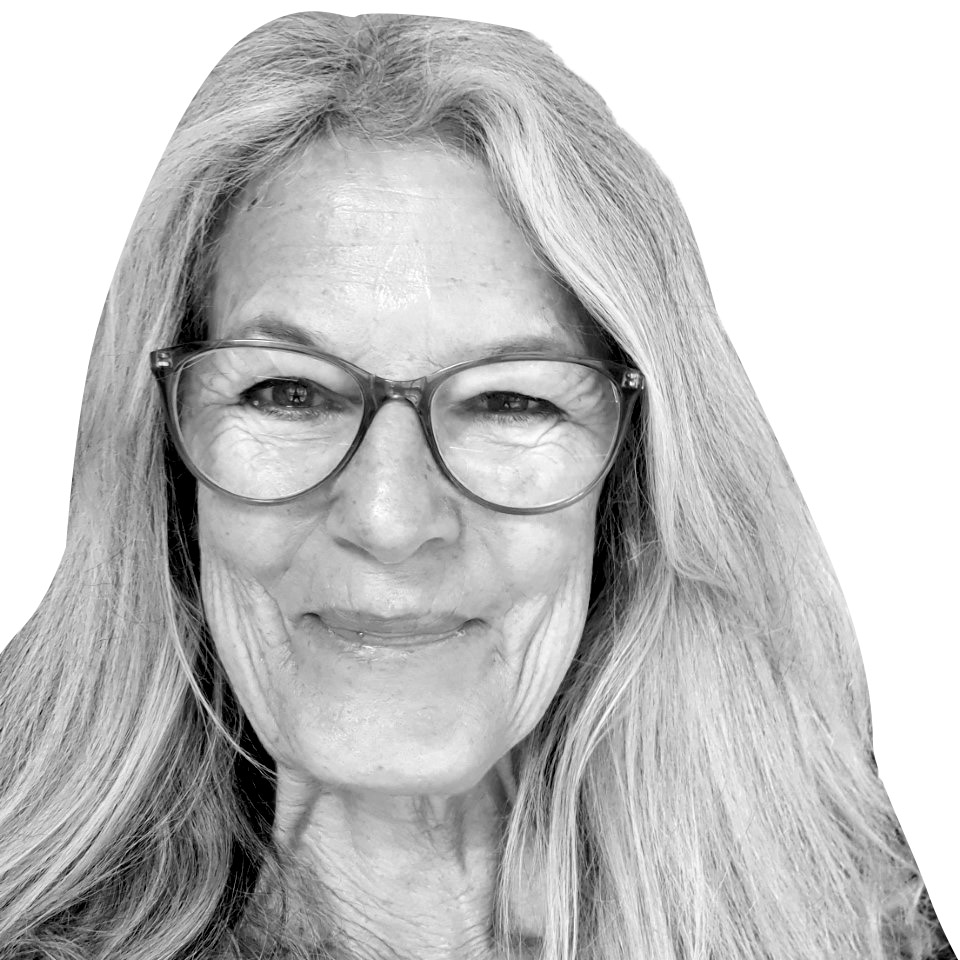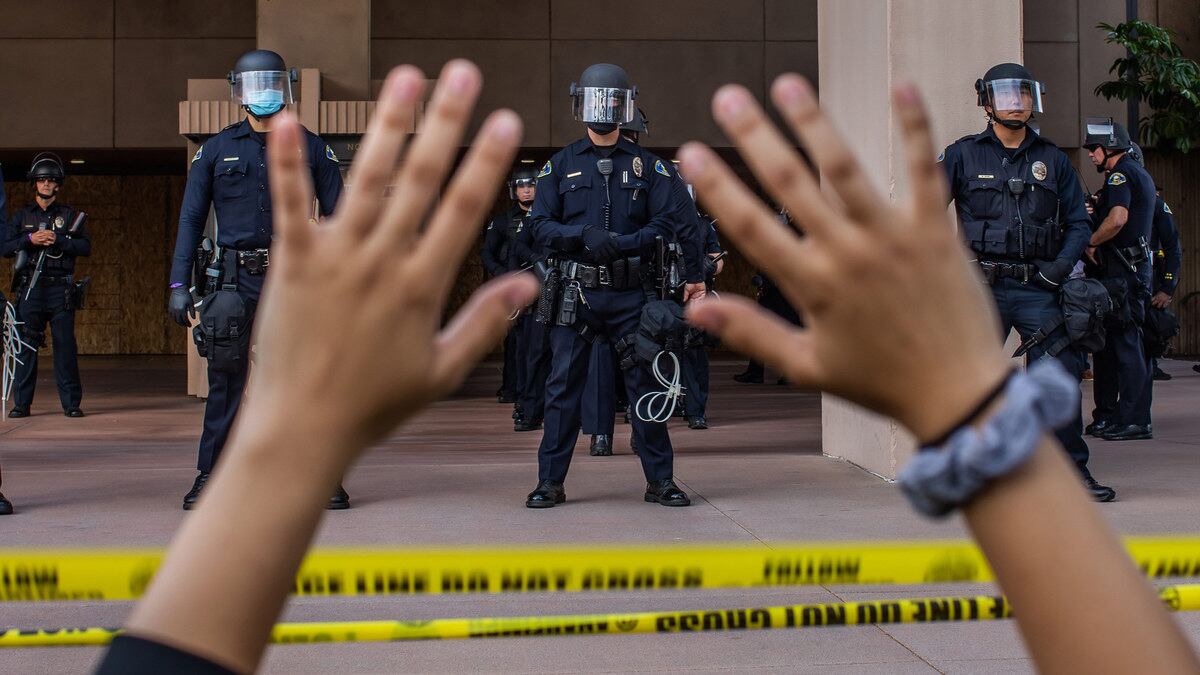During South Africa’s transition from apartheid to democracy, I was directly involved in the transformation of the police force to a police service. Today, as the United States is confronted with the need for changes in police culture and behavior, perhaps some of the lessons learned in those tumultuous times may prove useful.
After Nelson Mandela was released from 27 years in prison in 1990, the lid was lifted off the centuries-old subjugation of Blacks in South Africa. It is not surprising that the injury and pain spilled over into violence, which threatened to destroy the dream of the New South Africa. The old system of apartheid had broken down, a new system had not yet been born, and the country was trying to navigate the vacuum in between.
I served on the executive committee of Cape Town’s Regional Peace Committee. Our job was to mediate, intervene in crises, facilitate talks between government officials and Black communities, and facilitate new policies. I often stood between lines of heavily armed police and large crowds of angry demonstrators, with tear gas and bullets flying. Once, I was shot in the leg with a rubber bullet.
ADVERTISEMENT
My colleagues and I knew that South Africa needed police—the right kind of police. We realized that the language and the reality of policing had to shift. We needed a police service—not a police force.
In 1992, an extraordinary document, the National Peace Accord, was signed by the African National Congress (ANC), the apartheid government, other political parties, security forces, business, labor, and religious leaders, and the police themselves. It included a Code of Conduct for the police, which every officer in the country had to choose to sign—or resign. It also required all police officers to wear a nameplate, which, for the first time, held individual officers to account.
The key was political will. The pressure for change pushed from the bottom up and pressed down from the top.
Police officers from New York City and Scotland Yard in the U,K. exchanged information and visits with the police leadership and the African National Congress. The decision was made to adopt the doctrine of Community Policing. It would be difficult. Apartheid-style policing was based on force and aggression, whereas community policing is based on service and cooperation.
To reinforce their commitment, the police established a Community Relations Division, which enshrined Liaison Forums, later known as Community Policing Forums. This meant that all station commanders would hold regular structured meetings with the community they policed.
A pilot program in Cape Town tried out a forum in a Black area. In the beginning, the police attempted to control the process, and the community resisted. With persistence on both sides, the police and community found common ground and formed a joint secretariat. Police and community representatives alternately hosted and chaired meetings and trainings that included education on the National Peace Accord, legal, economic and judicial reforms, violence against women and the prevention of family violence. A network of health and social workers, psychologists, and chaplains was on call to respond appropriately.
The police needed to be committed to the safety and security of the entire population, and to make these new ways stick. In 1993, national police headquarters published a strategic plan “to ensure the safety of all people in the country through community involvement and the rendering of professional service.” They allocated massive resources, re-ordered police structures, and designated the Community Relations Division the new elite, complete with new criteria for promotion that focused on effectiveness within communities. Cape Town police HQ developed a manual with a self-reflective preamble: “The SA Police has been responsible for the enforcing discriminatory legislation in the past … a subculture of brutality and bias actually developed.”
By the end of the four-year transition period, the police were demilitarized and reconstituted as a police service, under civilian control. To better fit the new reality, a new ministry was established to supervise the police—the Ministry of Safety and Security. This was much more than a semantic shift. It described a whole new way of thinking about policing.
Later, as is so often the case, the gains of one administration are squandered by another. In 2009, during the presidency of Jacob Zuma, the ministry was renamed the Ministry of Police. In 2010, the police responded to caustic criticism of a sharp rise in crime by resuming the previous militarized structure, it seems as a show of strength that is still apparent in policing today. The Community Policing Forums are still in place, though now more dependent on the willingness of individual station commanders. The name police service also still stands, and the lessons of the past, once learned, can be shelved, but never erased. The achievements of 1994 illustrate what political will can do.
If this kind of profound change in policing could happen within a system as brutal as apartheid South Africa, then it can certainly happen within a democratic America.





